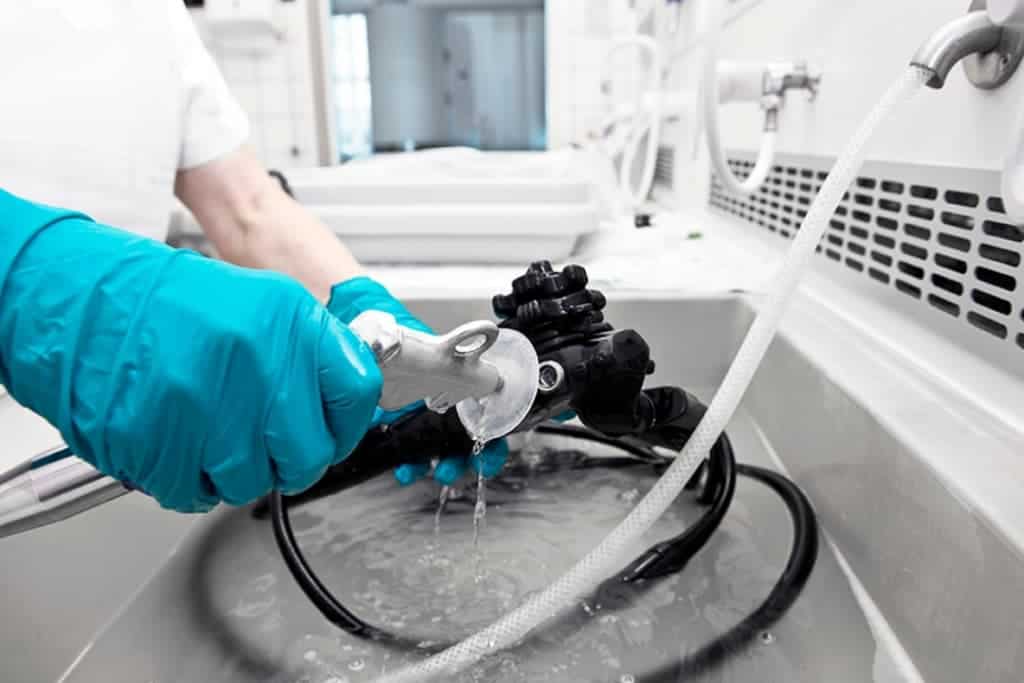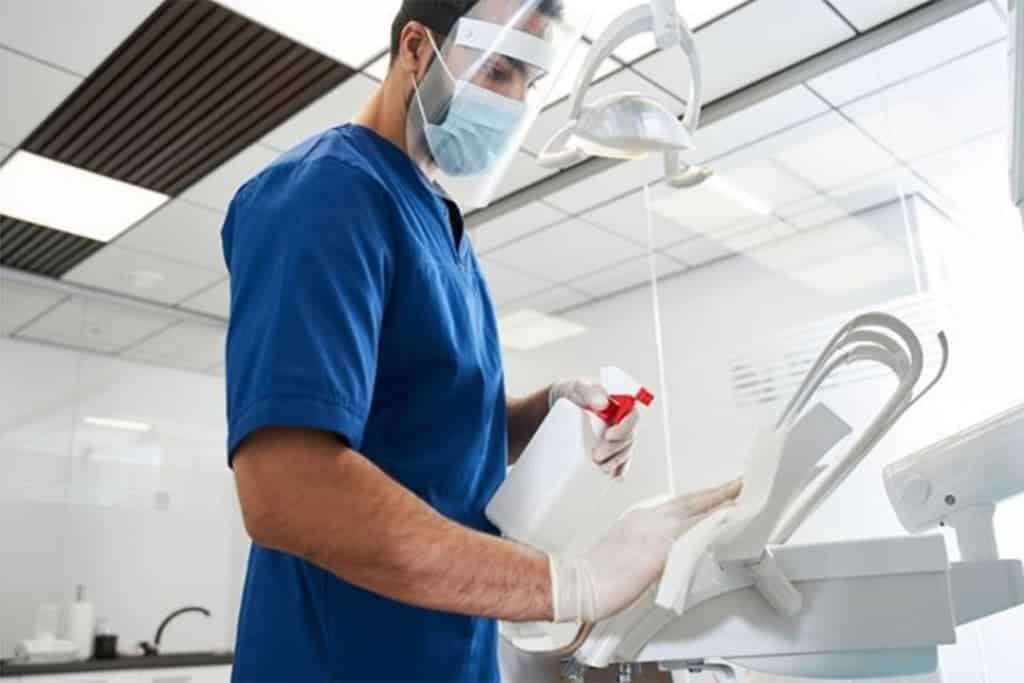Best Ways To Clean Medical Equipment

Cleanliness is critical when it comes to medical equipment. All medical equipment must be cleaned, whether they are disposable, implanted, or reusable. To avoid infecting patients or causing illness, reusable products must be carefully cleaned and sterilised between each use. Getting to the optimum level of cleanliness does not happen by accident. A well-thought-out cleaning routine must be devised and strictly adhered to. Cleaning your equipment properly will ensure that it stays in good form and continues to serve you well!

Here are some ways to clean medical equipment:
Wear gloves and other protective equipment.
The first thing to do when you are about to clean medical equipment is to put on gloves and other protective equipment. Not only will this help keep the equipment sterile, but it will also protect your skin from any harmful chemicals that were used by the last person who cleaned the item.
For example, if you are cleaning a piece of surgical equipment, then it needs to be sterile because it may have been used by someone with a serious illness or injury. In this case, you should use latex gloves to avoid transferring any bacteria from your hands onto the surface of the tool. You should also wear safety glasses and potentially even a mask if there is an open wound nearby; these measures will prevent particles floating around in the air (such as dust) from getting into your eyes while working near something so sharp-edged as surgical instruments tend to be.
Clean the item before you disinfect it.
Before you disinfect a medical instrument, clean it. Cleaning is the process of removing dirt and other contaminants from a surface by scrubbing with soap or detergent and rinsing. Disinfecting reduces the number of microorganisms on surfaces to a safe level by using chemicals such as alcohol, chlorine, or iodine. It is essential to clean first because dirt, soil, or organic material can prevent disinfectants from coming into direct contact with germs.
For example: “Cleaning an item like a stethoscope requires only a soft cloth and warm water.”
Soak the item for 5-10 minutes, depending on its composition.
You will want to use a solution that is appropriate for the item you are cleaning. If the item is steel or aluminum, a mildly alkaline detergent solution (pH of 8 to 9) containing 1% benzalkonium chloride (a common disinfectant), 10% sodium hydroxide (highly alkaline), and 50 ppm EDTA is best, though chlorine bleach can also be used. For plastic items, you should use mild soap or laundry detergent with warm water.
If you are unsure of your item’s composition, consult the manufacturer’s instructions. If none are available, proceed as if it were made from plastic.
Rinse the item with deionized water if possible, or a clean towel.
- After removing the dust, it is important to rinse the item with deionized water, or if that is not available, a clean towel. A clean cloth should be used only if both water and a towel are not available.
- As with any cleaning, one should wipe in a circular motion whenever possible. This allows items to be cleaned efficiently.
Place the item in an autoclave for final disinfection.
The final step in cleaning your medical equipment is to place it in an autoclave for final disinfection. An autoclave is a device that uses steam and heat at high pressures to remove any remaining pathogens from the surface of the equipment. This process only takes about 12 minutes, depending on the size and shape of the item, but it’s important to make sure that no moisture remains on the surface before use. Also, note that some plastics will melt in an autoclave, so be careful what you select as your cleaning method!
When using an autoclave, you’ll need to set up a tray with items going into it from top to bottom. You may also want to lay down a sheet of foil or plastic wrap so that your equipment doesn’t touch any metal surfaces during processing. If needed for sterilization purposes (ex if some part of your body was exposed during surgery), follow these steps:
- Prepared instruments should be placed inside special pouches which are then sealed by heating one end closed first with sterile forceps and then again at their other end (if applicable).
- The pouch should then be placed into trays lined with aluminum foil or stainless steel mesh material made specifically for this purpose – this ensures adequate airflow around each item while still protecting them from contamination due to contact between themselves during processing time(s).
Vasith Faisal is the Medical Equipment Expert at Abonemed LLC. With a background in Computer Science Engineering and a wealth of experience in the healthcare industry, Vasith is well-versed in the latest technologies and trends in medical equipment. He has a proven track record of driving successful initiatives that drive growth and engagement, and is known for his innovative, data-driven approach and his ability to lead high-performing teams. Whether you’re looking for advice on the best products for your healthcare facility or you need support with maintenance and repairs, Vasith is here to help.
